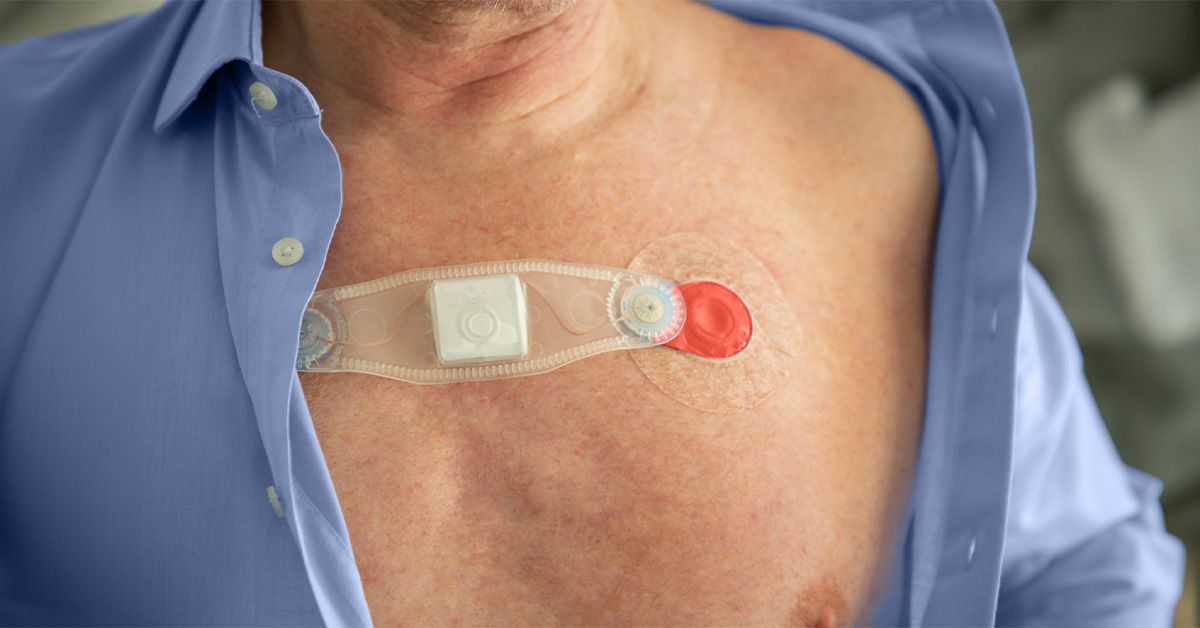Jones criteria: Rheumatic heart disease


The Jones Criteria for Diagnosing Acute Rheumatic Fever (ARF)

The Jones criteria is a diagnostic tool for diagnosing acute rheumatic fever (ARF). It involves testing heart function using echocardiograms, X-rays, blood tests, and other screenings.
Rheumatic heart disease (RHD) is where the valves of the heart become inflamed and damaged due to a potentially life-threatening condition called rheumatic fever (RF).
The Jones criteria is a diagnostic tool that doctors use to help diagnose acute RF.
RF is an inflammatory disease that can develop following infection with group A streptococcus bacteria. The disease is rare in the United States and other developed countries, where most people have access to appropriate antibiotic treatments.
As a 2024 review explains, doctors diagnose ARF when a person has experienced a recent streptococcal infection alongside either two major criteria or one major and two minor criteria.
The Jones criteria outlines five major criteria of RF:
- Carditis: This refers to inflammation of the heart.
- Arthritis: This condition involves pain and inflammation in the joints.
- Chorea: This is a movement disorder
involving excessive involuntary movements. - Erythema marginatum: This refers to skin redness or other color changes alongside inflammation,
most commonly resulting from ARF. - Subcutaneous nodules: These refer to lesions in the deeper layers of the skin, such as the deep dermis, or subcutis.
The minor criteria are as follows:
- A prolonged PR interval: This refers to an atypical heart rhythm that shows up on an EKG.
- Monoarthralgia: This is the medical term for pain in a single joint.
- A fever: When a person’s body temperature reaches 100.4°F (38°C) or above.
- Blood tests that indicate inflammation: These tests will show either:
- a peak erythrocyte sedimentation rate (ESR) equal to or greater than 30 millimeters (mm) per deciliter (dL)
- a peak C-reactive protein (CRP) equal to or greater than 3 milligrams per dL. Both blood tests measure inflammation in the body.
According to a 2024 review, the Jones criteria remains the gold standard for diagnosing ARF.
Diagnosing rheumatic heart disease centers around the Jones criteria.
A thorough history and physical are important in determining signs such as joint pain, fever, and nodules.
An echocardiogram is also important to determine any inflammatory signs in the heart.
Additionally, an EKG is necessary to check the PR interval, which helps measure electrical activity in the heart.
Other typical tests
As the 2023 review explains, doctors will need to rule out the following conditions, which may cause similar symptoms to RHD:
- Endocarditis: This refers to inflammation of the endocardium, which is the innermost layer of the heart.
- Functional mitral regurgitation (FMR) associated with viral illness, such as viral myocarditis: With FMR, some blood flows backwards through the heart from the left ventricle into the left atrium via the mitral valve.
- Mitral valve prolapse: A condition in which the flaps of the mitral valve, which sit in the left side of the heart, do not consistently close properly between heartbeats.
The Jones criteria is a tool for diagnosing acute rheumatic fever (ARF) in people at moderate or high risk of the condition.
To meet the necessary criteria for an ARF diagnosis, an individual must have had a recent streptococcal infection plus two major criteria, such as carditis and arthritis, or one major criterion alongside one minor criterion, such as a high fever and pain in a single joint.
The diagnostic procedure for rheumatic heart disease involves tests to assess heart function. This generally includes a physical examination plus an electrocardiogram to assess the heart’s rhythm and overall function.
Doctors may also order imaging tests to assess the heart’s structure and to check for possible signs of heart disease.
SDGs, Targets, and Indicators
1. Which SDGs are addressed or connected to the issues highlighted in the article?
- SDG 3: Good Health and Well-being
- SDG 4: Quality Education
- SDG 10: Reduced Inequalities
2. What specific targets under those SDGs can be identified based on the article’s content?
- SDG 3.4: By 2030, reduce by one-third premature mortality from non-communicable diseases through prevention and treatment and promote mental health and well-being.
- SDG 4.7: By 2030, ensure that all learners acquire the knowledge and skills needed to promote sustainable development, including among others through education for sustainable development and sustainable lifestyles.
- SDG 10.2: By 2030, empower and promote the social, economic, and political inclusion of all, irrespective of age, sex, disability, race, ethnicity, origin, religion, or economic or other status.
3. Are there any indicators mentioned or implied in the article that can be used to measure progress towards the identified targets?
- Indicator for SDG 3.4: Mortality rate from cardiovascular diseases
- Indicator for SDG 4.7: Proportion of students achieving proficiency in knowledge and skills in sustainable development
- Indicator for SDG 10.2: Proportion of population with access to basic services, including health care
4. Table: SDGs, Targets, and Indicators
| SDGs | Targets | Indicators |
|---|---|---|
| SDG 3: Good Health and Well-being | SDG 3.4: By 2030, reduce by one-third premature mortality from non-communicable diseases through prevention and treatment and promote mental health and well-being. | Mortality rate from cardiovascular diseases |
| SDG 4: Quality Education | SDG 4.7: By 2030, ensure that all learners acquire the knowledge and skills needed to promote sustainable development, including among others through education for sustainable development and sustainable lifestyles. | Proportion of students achieving proficiency in knowledge and skills in sustainable development |
| SDG 10: Reduced Inequalities | SDG 10.2: By 2030, empower and promote the social, economic, and political inclusion of all, irrespective of age, sex, disability, race, ethnicity, origin, religion, or economic or other status. | Proportion of population with access to basic services, including health care |
Explanation:
1. The article discusses the diagnosis and treatment of acute rheumatic fever (ARF) and rheumatic heart disease (RHD), which are related to the goal of Good Health and Well-being (SDG 3).
2. The specific targets identified are SDG 3.4, SDG 4.7, and SDG 10.2.
3. The indicators mentioned in the article that can be used to measure progress towards these targets are the mortality rate from cardiovascular diseases (SDG 3.4), the proportion of students achieving proficiency in knowledge and skills in sustainable development (SDG 4.7), and the proportion of the population with access to basic services, including health care (SDG 10.2).
4. The table presents the SDGs, targets, and indicators identified in the analysis.
Source: medicalnewstoday.com








